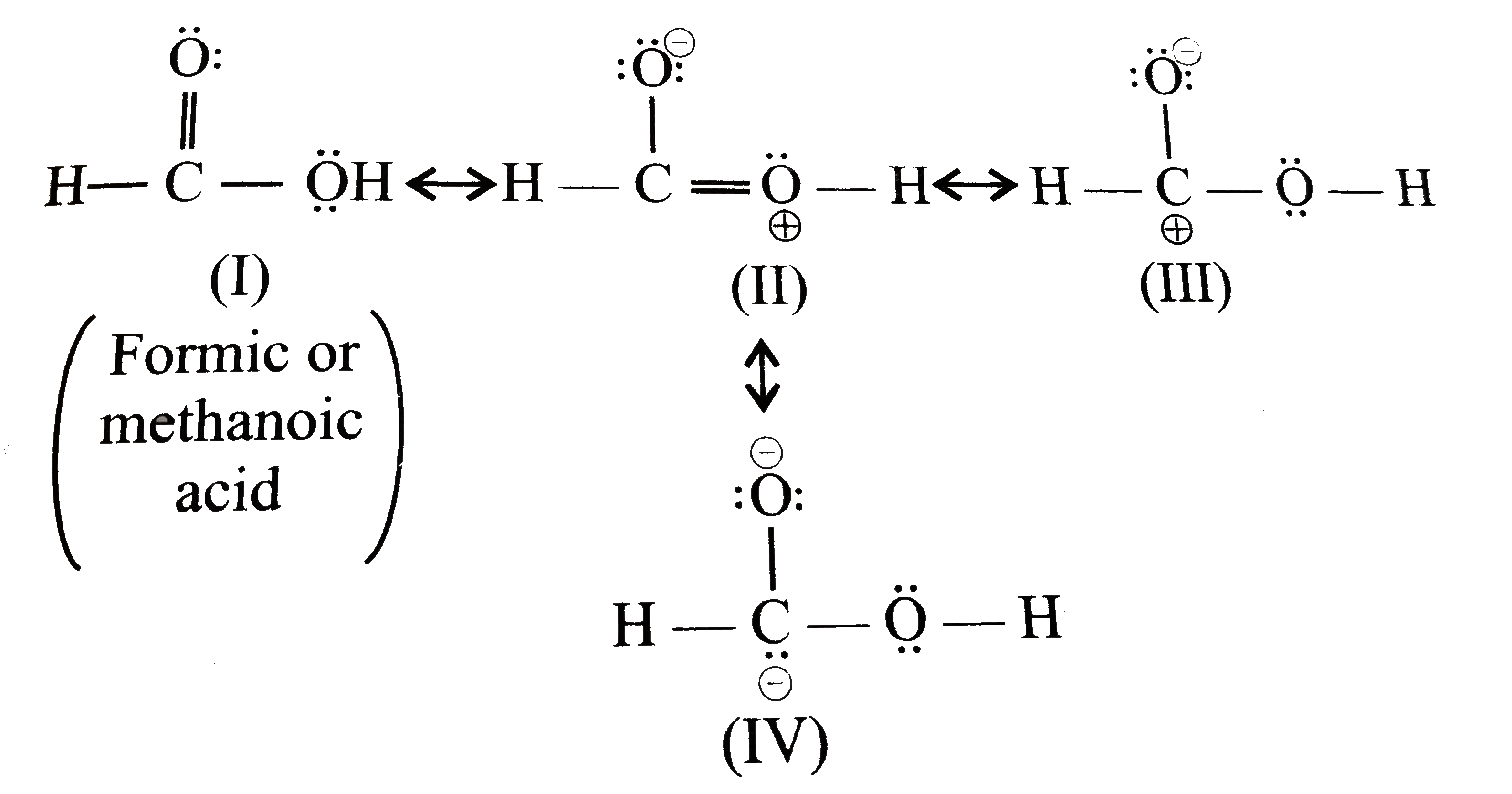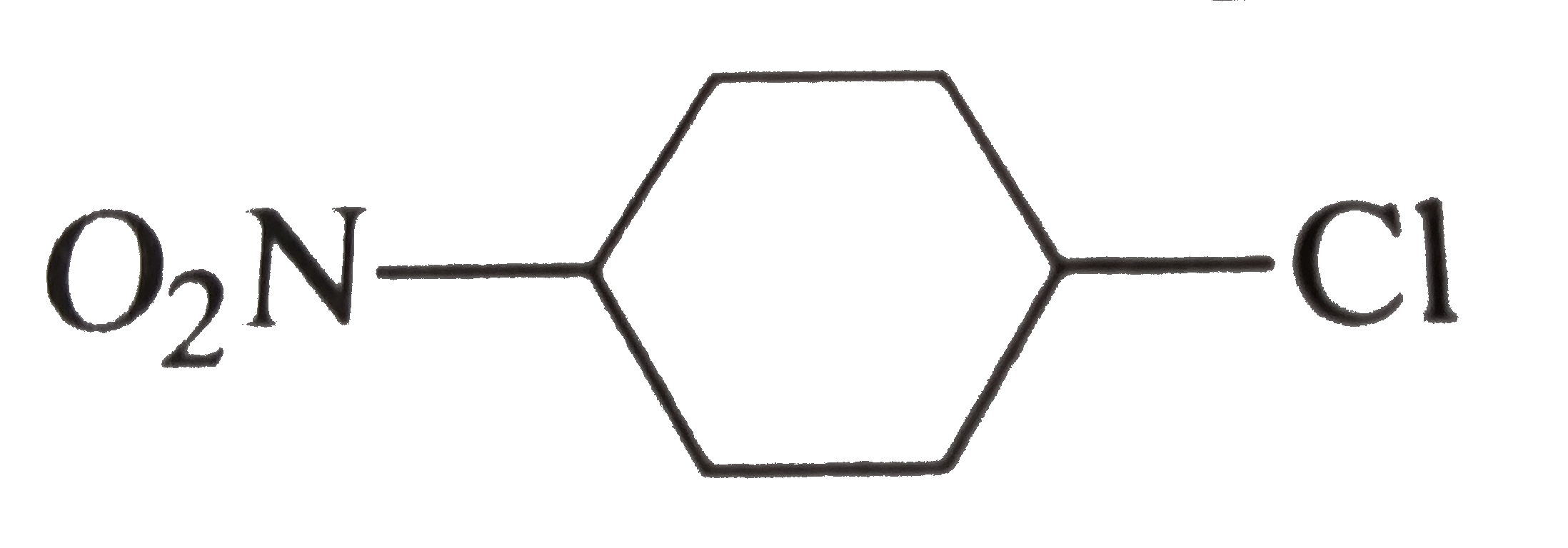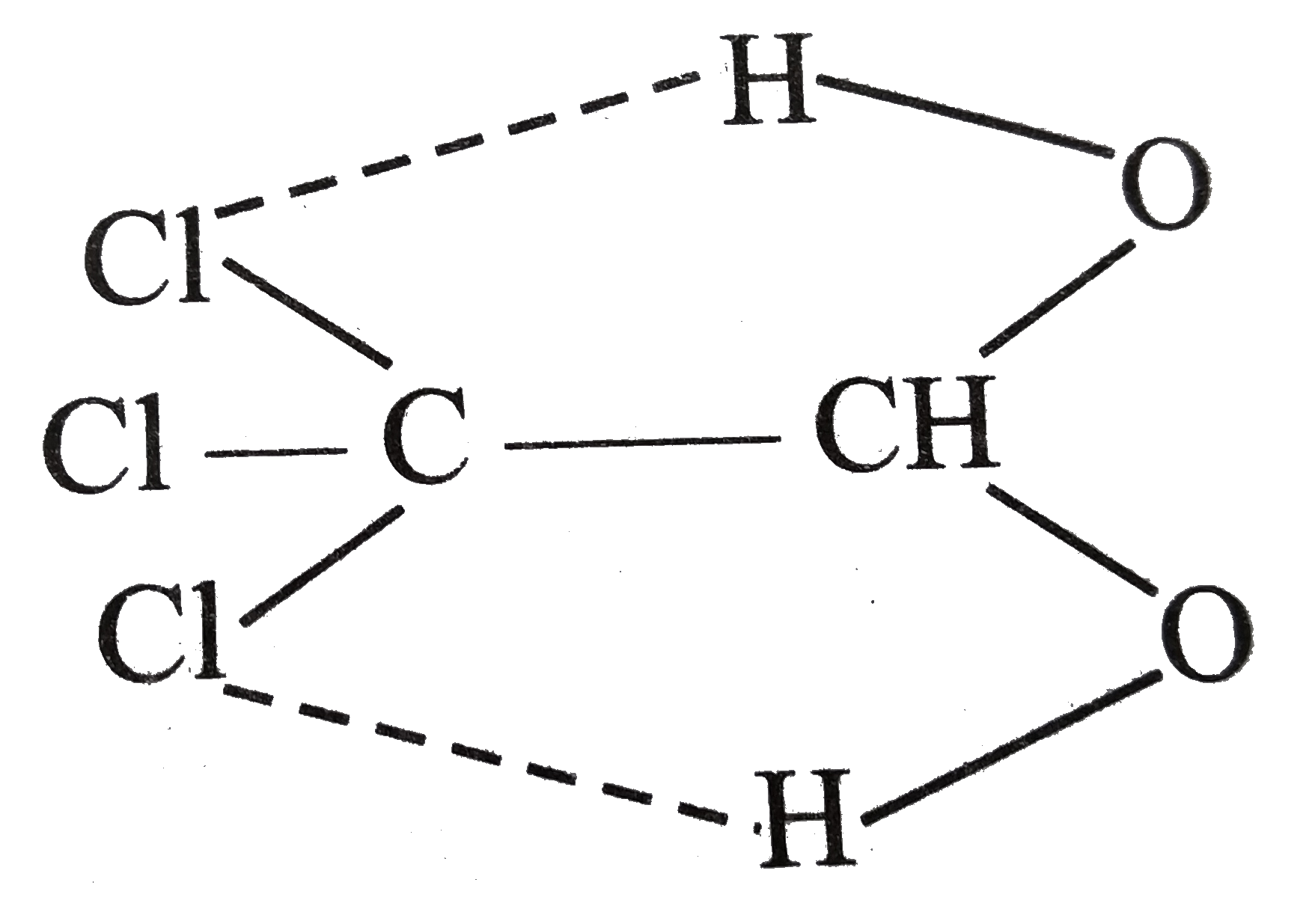Complete Solutions to Illustration of chapter CHEMICAL BONDING AND MOLECULAR STRUCTURE of Class 11 book with complete answers and questions
| Class 11 | CHEMISTRY |
| Chapter | CHEMICAL BONDING AND MOLECULAR STRUCTURE |
| CENGAGE CHEMISTRY | Illustration |
| Number Of Questions | 45 |
| Academic Year | 2023-24 |
Which statement is correct for ionic bond?
(a) It is non-directional .
(b) It is not formed by overlapping of orbitals
(b) It is formed by overlapping of orbitals.
(c ) it is formed by the elements with same `EN`
(d) Both (a) and (b) are correct .
View SolutionWhich one is having high hydration energy?
(a) `K^(o+)`
(b) `Li^(o+)`
(c ) `Na^(o+)`
(e) `Cs^(o+)` .
View SolutionWhich statement is/are correct(more than one correct) ?
(a) In aqueous solution `A1` gives hydrated ions `[A1(H_(2)O)_(6)]^(3+)`
(b) Most of aluminium compounds are covalent because formation of `A1^(3+)` requires much more energy `(=5138 kJ mo1^(-1))` which is not available ordinarily
(c ) In aqueous solution `A1` forms hydrated ions becuse og high (negative) heat of hydration of `A1^(3+)` compensates the high `IE_(3)` of `A1`
(d) Magnitude of hydration energy of `A1^(3+)lt IE_(3)` of `A1` .
View SolutionWhich statement is/are correct
(a) Formation of anions with unit charge (e.g`CI^(Θ) Br^(Θ),Br^(Θ),I^(Θ)` are very common because the `EA` of these atoms is positive and quite high or `Delta_(eg)H^(Θ)` of these atoms are negative and quite high
(b) `EA'` or `Delta_(eg)H^(Θ)` of these atoms is positive and quite high
(c ) Formation of anions with -23 charge `(e.g.S^(2-),O^(2))` is not so easy as their second `EA"` are negative i.e energy is needed to add second electron
(d) Formation of anions with `-3` charge `(e.g. N^(3-),p^(3-))` is almost rare as the third `Delta_(eg)H^(Θ)` are positive i,e energy in needed to add third electron .
View SolutionWhich statement is/are correct?
(a) Ionic compounds like sulphate and phosphates of Ba and Sr `[e.g BaSO_(4),SrSO_(4),Ba_(3)(PO_(4))_(2)` and `Sr_(3)(PO_(4))_(2)]` are insoluble in water
(b) The above compounds are soluble in water
(c ) Magnitude of lattice energy `(Delta_(U)H^(Θ))` of the above compounds is greater than their hydration energy `(Delta_(hyd)H^(Θ))` High `Delta_(U)H^(Θ)` of these compounds is due to polyvalent nature of both the cations and the anions
(d) In these cases,hydration of ions fails to liberate sufficient energy to offset the lattice energy .
View SolutionDraw the Lewis structure of CO molecule
View SolutionDraw the Lewis structure of `NO_(2)^(-)` (Nitrite ion) .
View SolutionWrite the Lewis dot structure of `CO_(3)^(2-)` ion .
View SolutionWrite the Lewis structure for `CN^(Θ)` ion .
View SolutionWrite the Lewis structure for`SO_(5)^(2-)`( Per oxodisulphate ion) .
View SolutionCalculate the formal charge on atoms in carbonate `(CO_(3)^(2-))` .
View SolutionCalculate the formal charge on each atoms in nitrite ion .
View SolutionCalcuate the formal charge on each atom in `SO_(5)^(2-)` (per -oxosulphate ion) .
View SolutionCalculate the formal charge on each atoms in `CO_(4)^(2-)` (per -oxocarbonate ion) .
View SolutionExplain the structure of `CO_(3)^(2-)` ion in terms of resonance
View SolutionWhich of the following pairs do not constitute resonanting structures ?

View SolutionA arrange the following resonating structures in the order of decreasing stability
 .
.
View SolutionWrite the resonating structures of phenol in order of decreasing stabilities .
View SolutionWrite the resonating structures of `NO_(2)^(Θ)` (nitrite ion) and `NO_(3)^(Θ)` (nitrate ion) .
View SolutionWhich of the following is the most stable resonance structure

 .
.
View SolutionGive the stability of the following resonance structures
(a) `H_(2)C = overset(o+)N =overset(Θ)C`
(b) `H_(2)overset(o+)C -N =overset(Θ)N`
(c ) `H_(2)overset(Θ)C -overset(o+)N -= N`
(d) `H_(2) overset(Θ)C - N = overset(o+)N` .
View SolutionExplain :
(i) `mu of NH_3 gt NF_3`
View SolutionArrange the following compounds in decreasing order of dipole moment values Explain the order
(a) `CBr_(4)` , (b) `CHBr_(3)` , (c ) `CH_(2)Br_(2)` , (d) `CH_(3)Br` .
View Solution(a) Assign orientation to the three chlorotoluenes with `mu = 1.3, 1.78` and 1.9 D
View SolutionThe dipole moment of `CH_3F` is greater than that of `CH_3Cl`.
View SolutionCalculate the dipole moment of the following compound
 .
.
View SolutionCalculate the number of `sigma,pi` and non-bonding (i.e lone pair) electrons in the following compounds
(a) `H_(2) C =CH -CH=CH_(2)`
(b) `H_(3)C - C -= C -CH = CH -CH_(3)`
(c) `H_(3)C-underset(CH_(3))underset(|)CH-overset(O)overset(||)C -C -= C -CH =CH - C-=N`
View SolutionDiscuss the hybridisation of carbon atoms in allene `(C_(3)H_(4))` and show the `pi`-orbital overlap.
View SolutionOut of the following species, group them having similar structures
`CH_(4),CO_(3)^(2-), CO_(2), overset(o+)NH_(4), NO_(3)^(Θ), N_(3)^(Θ), BF_(4)^(Θ),SO_(2),NO_(2)^(Θ)` .
View SolutionDetermine the hybridisation, geometry, number of lone pairs (lps's) and bond pairs (bp's) excluding pi bonds in the following compounds
(a) `PF_(6)^(Θ)`
(b) `I_(3)^(Θ)`
(c ) `CIF_(3)`
(d) `XeOF_(4)`
(e) `SO_(2)`
(f) `SO_(3)`
(g) `IF_(4)^(o+)`
(h) `overset(o+)NH_(4)` .
View SolutionIn which of the following molecules, p and d orbitals of central atoms are involved in the hybridisation
(a) `[Pt CI_(4)]^(2-)`
(b) `AsF_(3)`
View SolutionExplain why boilling point of n-alkanes increases regularly with the increase in the number of carbon atoms .
View SolutionWhich of the following intermolecular forces have a potential energy distance function as `E prop (1)/(r^(2))`
(i) Ion -dipole (ii) Dipole -dipole (iii) Ion -induced dipole (iv) London dispersion forces .
View SolutionEthyl alcohol `(C_(2)H_(5)OH)` has higher boiling point than dimethyl ether `(CH_(3)-O-CH_(3))` although the molecular weight of both are same due to
View SolutionExplain unusual stabillity of chorohybrate thugh a compound with two or more -OH groups present on one carbon atom is usually unstabel
 .
.
View Solutiono-Hydroxybenzaldehyde is a liquid at room temperature while p-hydroxybenzaldehyde is a high milting solid because of
View Solution(a) Nitrogen and chlorine have almost same `EN'` s but `N` forms H-bonding
View Solution(I) Arrange the compounds (a0 in the order of decreasing boilling points and (b) in the order of decreasing solubility in water
(A) (1) Ethanol (2) Propane, (3) Pentanol
View SolutionGive the decreasing order of boiling points of `H_(2)O, NH_(3)` and `HF`
View SolutionCompare the bond lenth of `O-O` in the following molecules
(a) `KO_(2)` , (b) `O_(2)[AsF_(6)]`
View SolutionWhich diatomic molecule of second period basides `O_(2)` should be paramagnetic ? .
View SolutionWrite the molecular orbital electron distribution of oxygen `(O_(2))` Specify its bond order and magnetic property
View SolutionWhich of the two peroxide ion or superoxide ion has larger bond length ?
View SolutionHow the bond energy varies from `N_(2)^(Θ)` and `N_(2)^(o+)` and why ?
View SolutionSelect from the following molecular orbitals which are gerade ungerade
(a) `sigma(2s)` (b) `pi^(**)(2p_(x))` (c ) `pi ^(**)(2p_(y))`
(d) `sigma^(**)(1s)` (e) `pi (2p_(x))` (f) `pi (2p_(x))` .
View Solution
Illustration questions and complete solutions for chapter CHEMICAL BONDING AND MOLECULAR STRUCTURE of CENGAGE CHEMISTRY (ENGLISH) of Class 11
All Exercises from CENGAGE CHEMISTRY Class 11 CHEMISTRY CHEMICAL BONDING AND MOLECULAR STRUCTURE
- Archives Fill In The Blanks
- Archives Integer
- Archives Multiple Correct
- Archives Single Correct
- Archives Subjective
- Archives True/False
- Ex 2 .2 Objective
- Ex 2 .2 Subjective (Intermolecular Forces And H-Bonding)
- Ex 2 .2 Subjective (Molecular Orbital Theory)
- Exercises Assetion Reasoning
- Exercises Fill In The Blanks
- Exercises Integer
- Exercises Linked Comprehension
- Exercises Multiple Correct (Dipole Moment)
- Exercises Multiple Correct (Miscellaneous)
- Exercises Multiple Correct(Bond Angle )
- Exercises Multiple Correct(Chemical Bonding )
- Exercises Multiple Correct(Hybridisation)
- Exercises Multiple Correct(Hydrogen Bonding)
- Exercises Multiple Correct(Molecular Orbitaltheory (Mot))
- Exercises Single Correct (Bond Angle)
- Exercises Single Correct (Chemical Bonding)
- Exercises Single Correct (Dipole Moment)
- Exercises Single Correct (Hybridisation)
- Exercises Single Correct (Miscellaneous)
- Exercises Single Correct (Molecular Orbital Theory (Mot))
- Exercises Single Correct (Resonance And Formal Charges)
- Exercises True/False
- Illustration
- Solved Examples